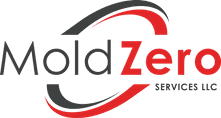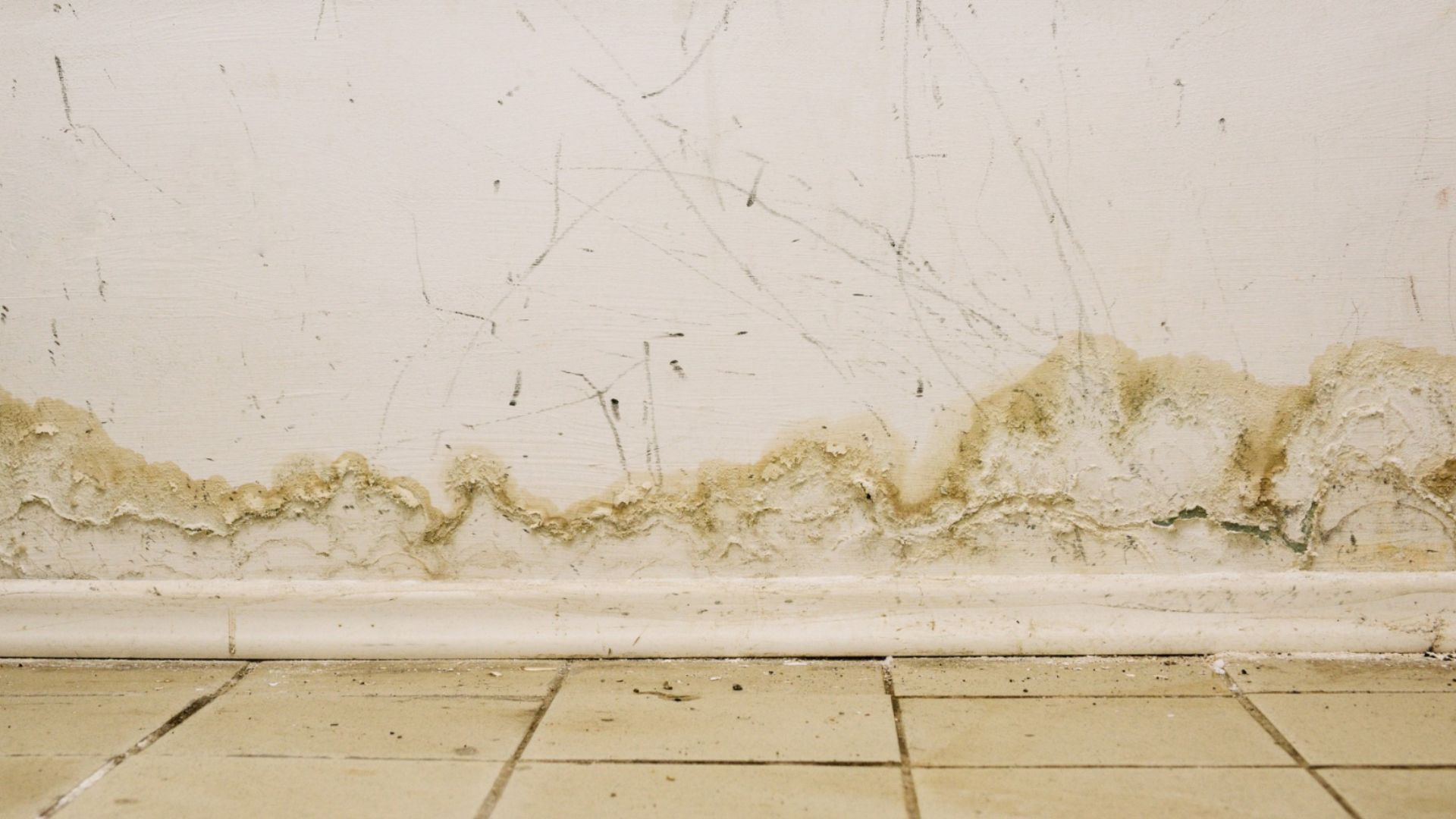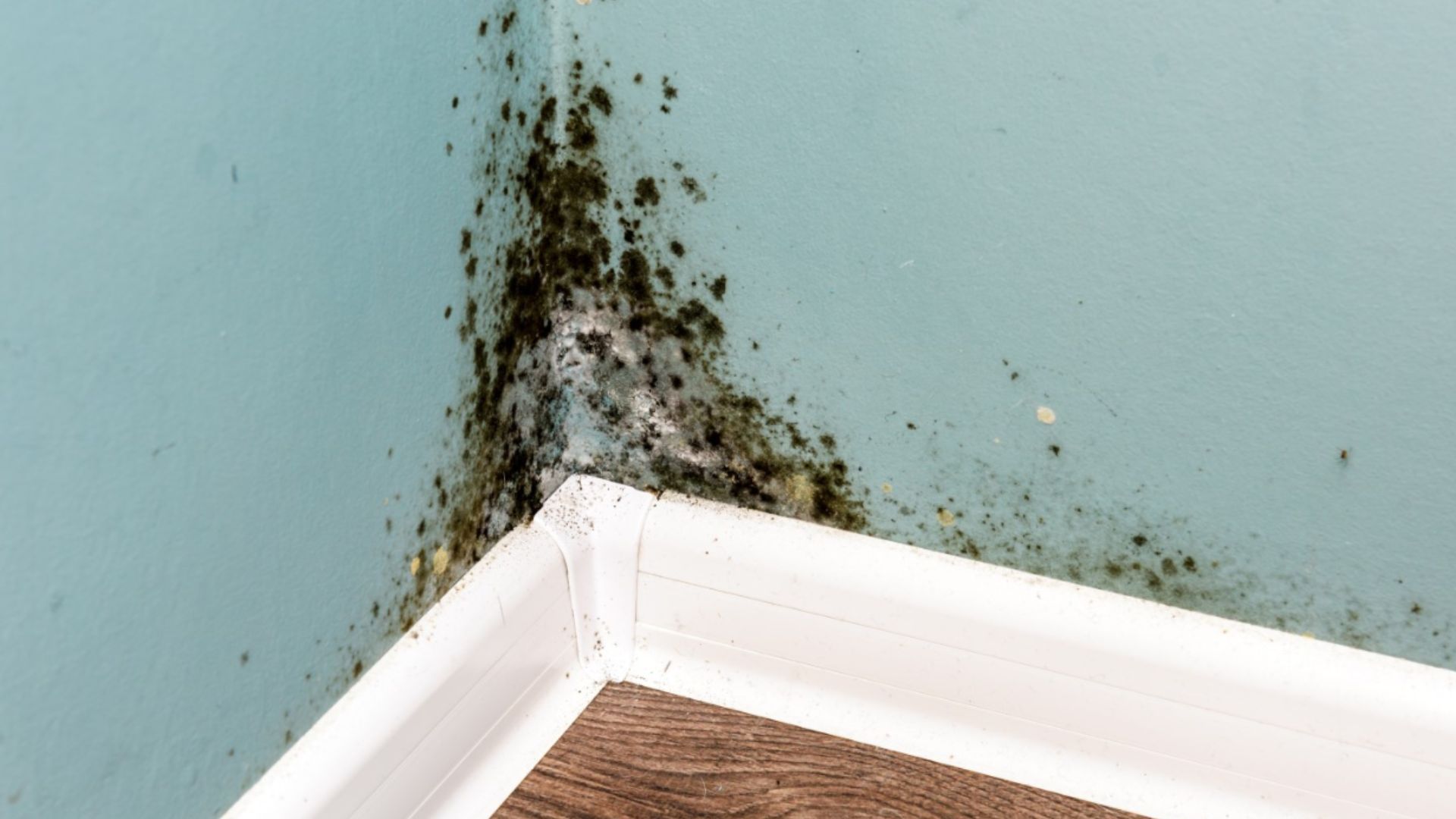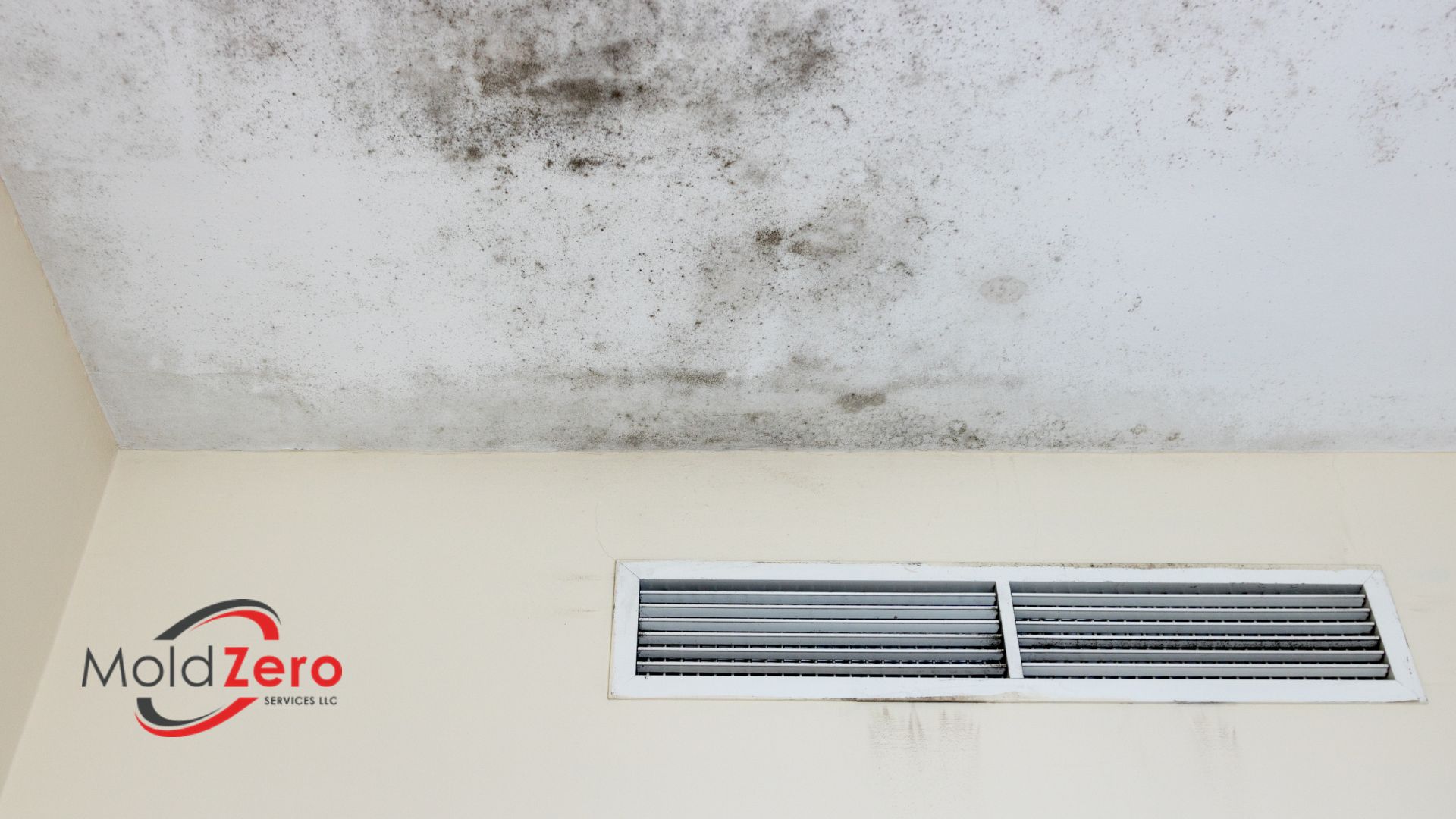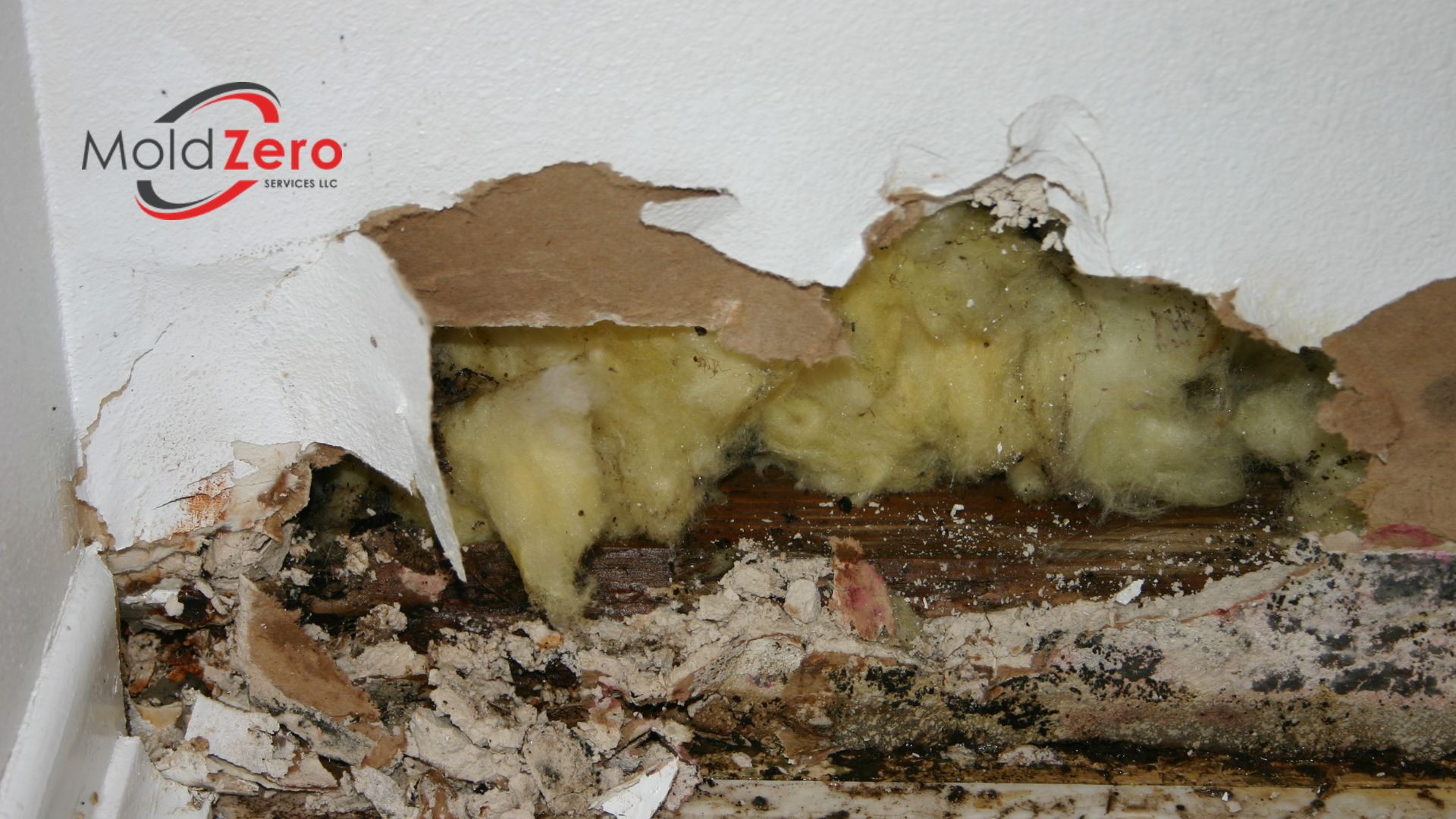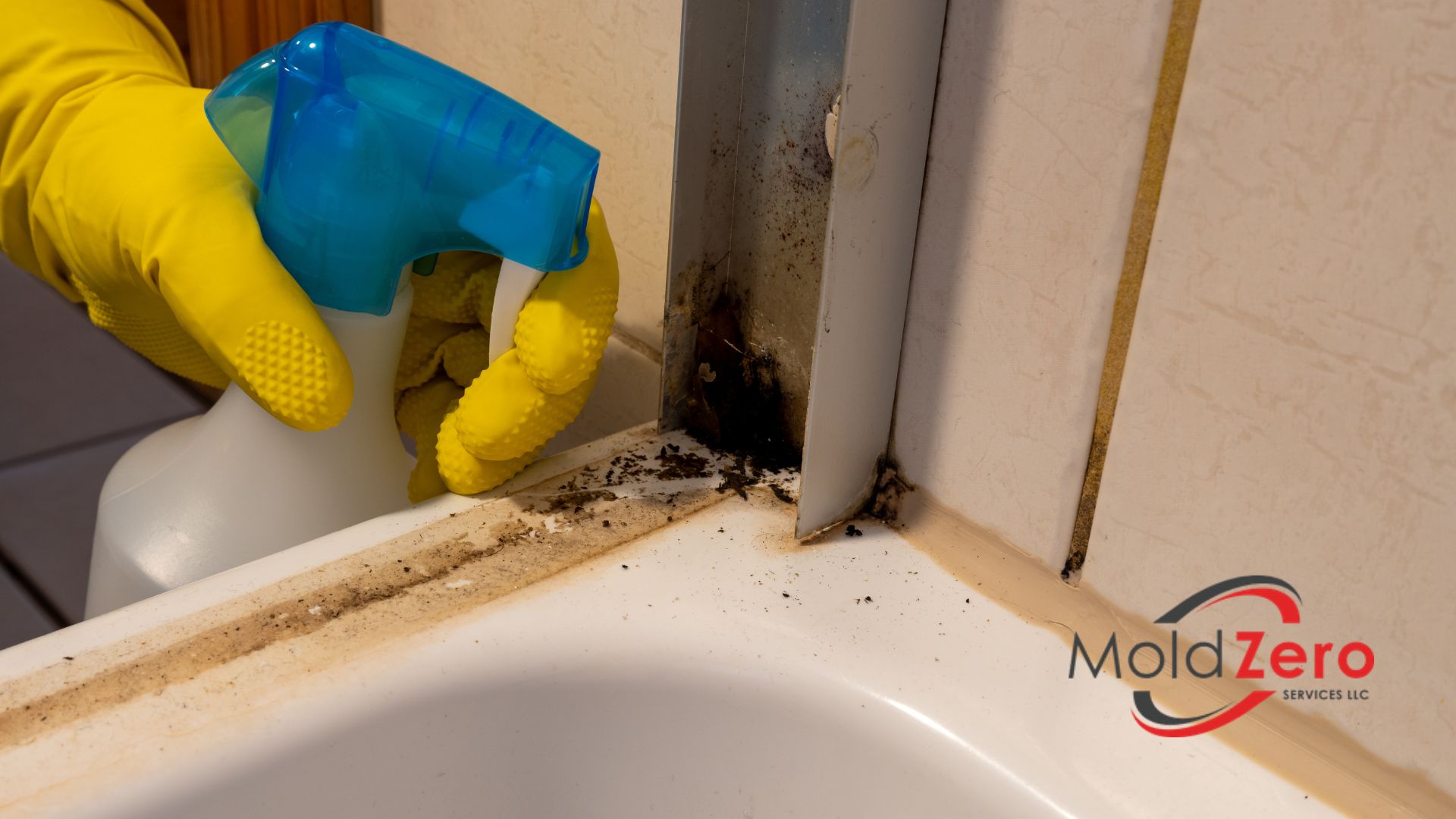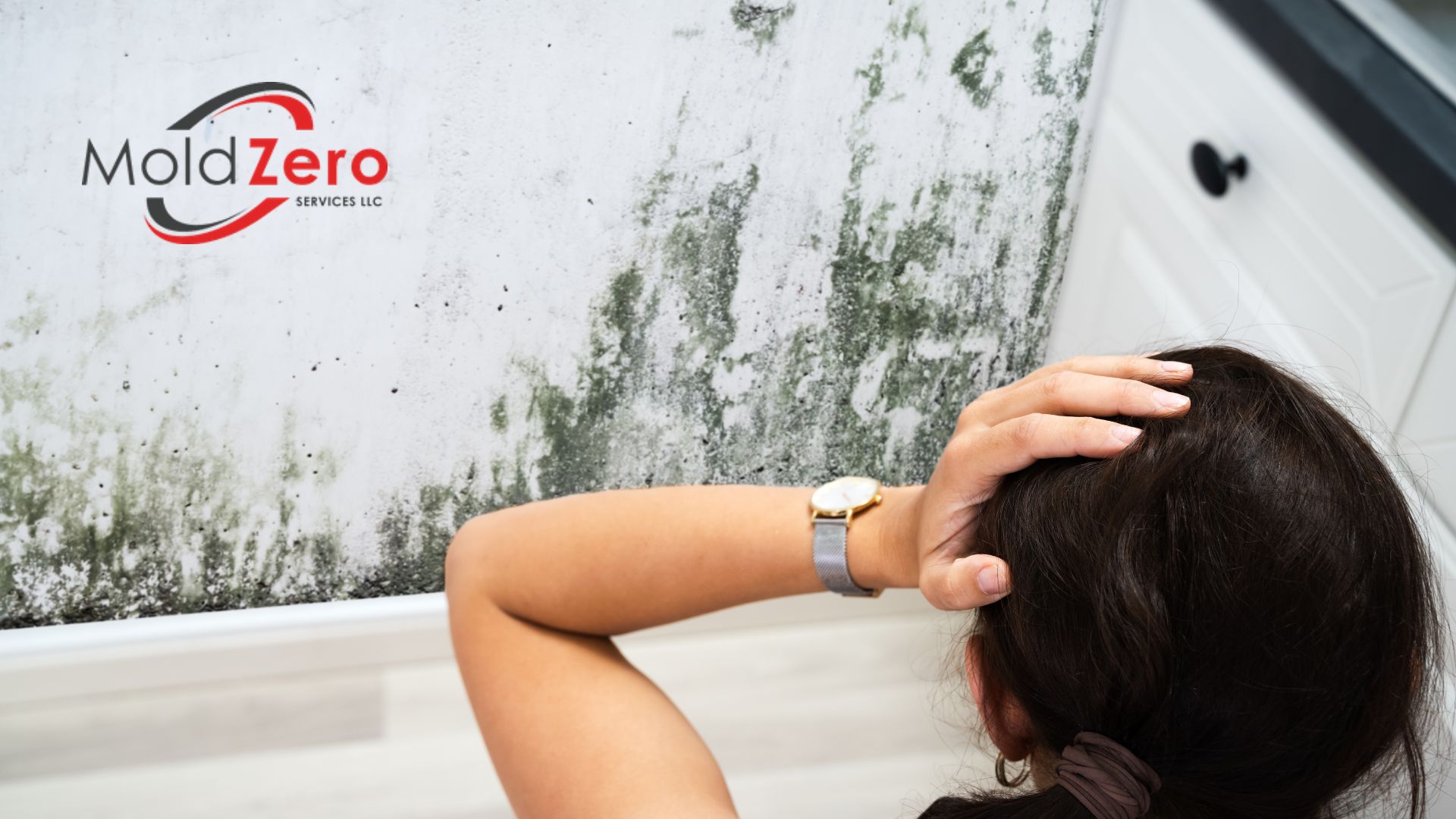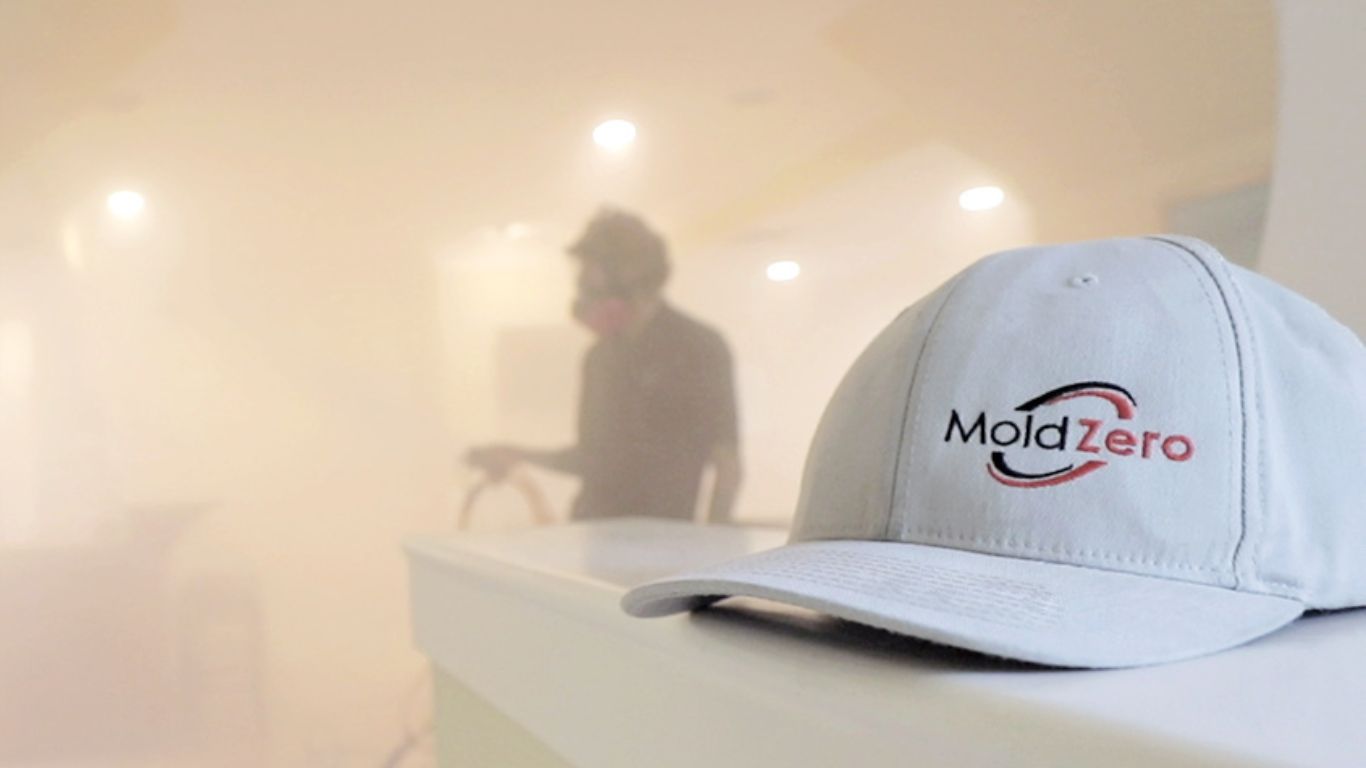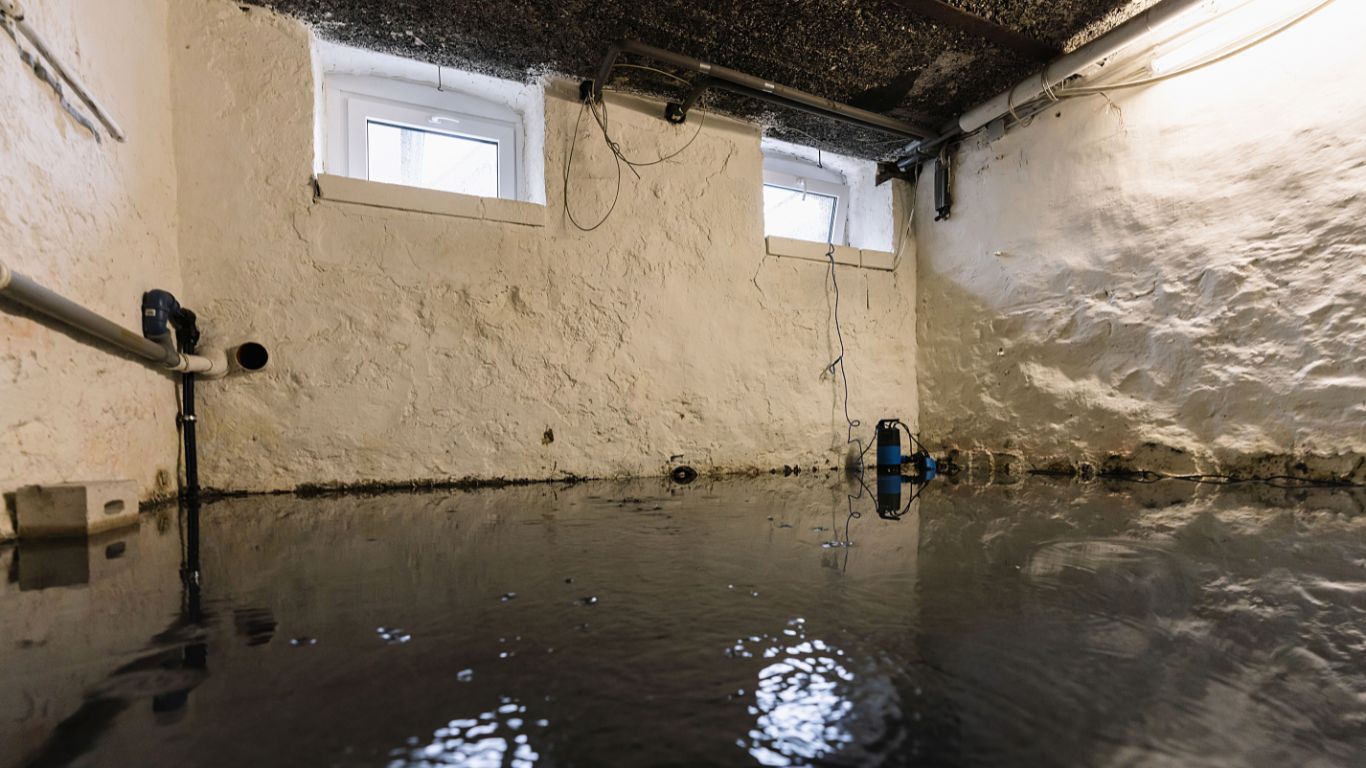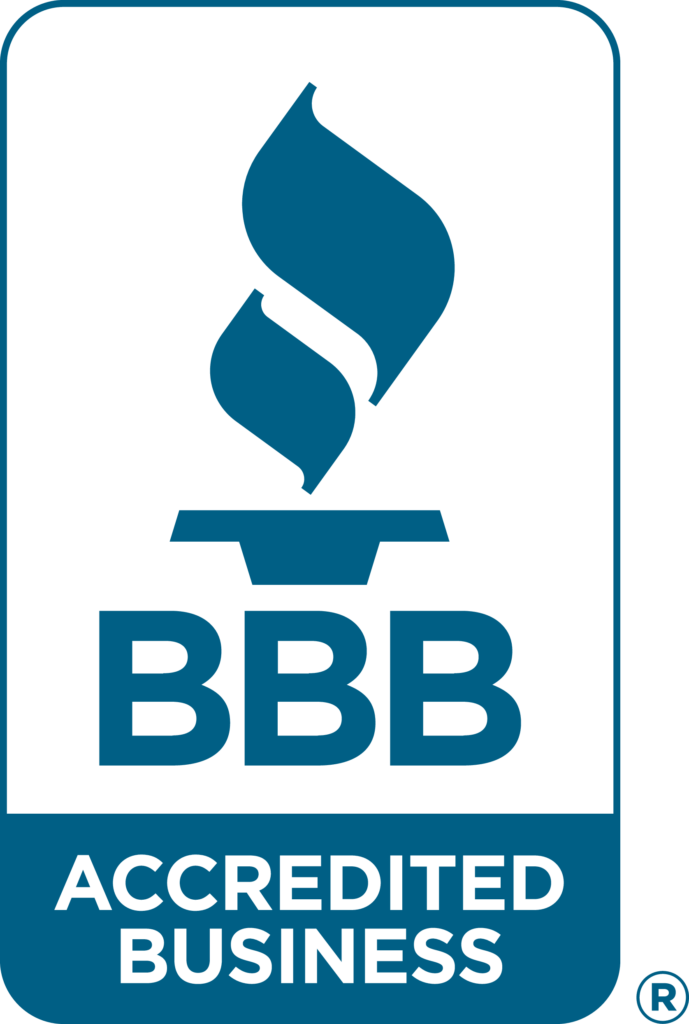The sight of black mold (Stachybotrys chartarum) on wood is common outdoors, and it is natural for this fungus to make its way into our homes. Our indoor environments are a free from harm haven for these microbes and they can easily take over any space that we occupy leading to potential health problems.
Mold will thrive and grow in any environment with excessive moisture and humidity such as your kitchen, bathroom, attic, or laundry room. However, there are also some unexpected areas where mold can grow in your home that would surprise most homeowners. In this article, we will be going over some of the common, and uncommon places, where you can find mold in your home.
MOLD REQUIRES THE PRESENCE OF CERTAIN ELEMENTS TO GROW. THESE ELEMENTS INCLUDE:
- The Presence of Mold Spores
- Oxygen
- Higher Humidity Levels (Usually above 50%)
- A Readily Available Food Source
- An Absence of Sunlight
All these elements are readily available in different parts of your home, which is why mold has found its way indoors. This can be a problem because mold that’s found indoors can cause damage to your home and is a danger to the health of you and your family. That is why it’s important to prevent mold from growing in the first place.
COMMON PLACES WHERE MOLD LOVES TO GROW
Bathroom
Mold needs moisture to live & your bathroom is the perfect source for that. This area needs extra attention if the bathroom is shared by many people. The constant exposure to water creates an ideal nesting place for mold and if left unchecked, you could be exposing yourself on a daily basis (e.g., floor, ceiling, tiles, and grout)
Kitchen/Laundry Room
Your kitchen is similar to the laundry room in terms of moisture & shade. It is important to keep a close eye on both of these areas as the excessive moisture created in these rooms can exacerbate mold growth.
Attics & Basements
Mold is commonly found in attics and basements because both are usually kept unattended for long periods of time. They are a free from harm haven for mold, considering that there’s usually very little sunlight that enters these spaces. Combine that with an abundant food source (wood) and in some cases, excessive moisture, and it’s no wonder why mold growth can get out of control in these spaces. Using an air conditioner or a dehumidifier can help prevent household mold in these spaces.
Bedrooms
Although there is no immediate source of water in most bedrooms, a broken pipe or poor infrastructure in your homes can lead to mold growth, even when you can’t see it! Because we spend so much time in our bedroom sleeping, it is especially crucial to the health of you and your family to keep this space clean and free of mold.
UNEXPECTED AREAS IN YOUR HOME WHERE MOLD CAN GROW
Wallpaper
Wallpaper holds moisture on your walls. When paired with high humidity levels, mold can grow behind the paper without your knowledge. If older wallpaper begins peeling, this is already a sign that mold growth has occurred and may be taking over your walls. If there is mold growth within your home and behind your wallpaper, it is best to contact a professional, and that is where Mold Zero can help. We are the mold remediation experts in Los Angeles that use a clean process to remove mold quickly and effectively, oftentimes within one business day!
Chimneys
A chimney is not the first place you would think about when thinking of places where mold can grow. However, because of its exposure to the outside elements, this is an ideal breeding place for mold. To prevent mold growth in your chimney, ensure the chimney cap is properly intact. This prevents rain and snow from entering a home. A poorly capped chimney is the perfect recipe for creating a damp, warm environment ideal for mold growth.
Washing Machine
Front-load washing machines have a gasket around the door where excessive moisture builds; this is due to it not draining properly during the wash cycle and retaining moisture when the door is closed. This excessive moisture and dark crevices of the gasket being closed create the perfect conditions for increased humidity levels and mold growth.
Mold can grow in almost any place in your home with excessive moisture, but the places mentioned above are the most common places where someone may expect to find mold. For more information on mold, where to find it in your home, and other valuable pieces of information, check out our mold resource section.
Read More: 7 Common Places Where Mold Hides in Your Home
WHAT DO THE EXPERTS SAY ABOUT MOLD EXPOSURE?
Mold usually enters the home from an outside source. Mold spores can enter your home by hitching a ride on your pets, luggage, shoes, clothing, or even simply by opening a window for fresh air.
The most effective way to prevent mold growth is by controlling your indoor environment in which these mold spores can attach and grow. By fixing a leaky sink or removing a damp carpet, you can remove the excess moisture mold thrives on.
If there is a mold problem you will most likely be able to see or even smell it and if that is the case contact Mold Zero! Using our patented, clean process, we are able to remediate most homes in less than 1 business day!
When mold removal is done by an untrained individual, it can cause mold spores to release into the air harming your health and allowing mold to develop elsewhere within your home so contact Mold Zero for a free estimate or call us at (626) 671-8885, and let the mold remediation experts remove the mold from your home!
